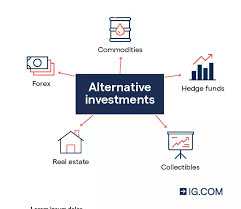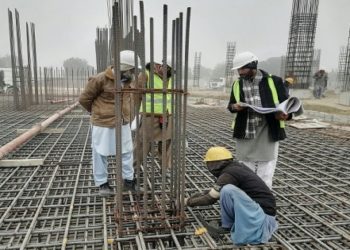Egypt’s approach to affordable housing offers valuable insights for Kenya, particularly in government commitment, financing models, and efficient urban planning. A key pillar of Egypt’s success is the Social Housing and Mortgage Finance Fund (SHMFF), which continues to play a central role in providing affordable housing to low-income citizens. By ensuring that government-backed initiatives are well-funded and effectively managed, Egypt has been able to expand homeownership opportunities for underserved communities.
Public-private partnerships (PPPs) have also been instrumental in scaling up affordable housing projects. The Egyptian government actively collaborates with private developers and other key stakeholders, offering incentives such as subsidized land, tax breaks, and streamlined approval processes. This has encouraged private sector participation, reducing the financial burden on the government while increasing the housing supply. Kenya can benefit from a similar approach by creating a more investor-friendly environment that promotes the development of affordable homes. Beyond financial incentives, Egypt has adopted innovative mortgage financing models that make homeownership more accessible. The SHMFF provides low-interest mortgage loans to low- and middle-income buyers, making it easier for them to afford homes without straining their finances. By implementing similar mortgage subsidy programs, Kenya could address the affordability gap and increase homeownership among lower-income earners.
Construction efficiency has also played a role in reducing costs and expediting project timelines. Egypt’s National Social Housing Program has incorporated green building practices and prefabrication techniques, making housing development more sustainable and cost-effective. This has not only lowered construction costs but also ensured that homes are energy-efficient, reducing long-term living expenses for residents. Kenya could adopt similar strategies by investing in alternative building materials and technologies to make housing more affordable.
Another critical aspect of Egypt’s housing strategy is targeted beneficiary selection. As of 2019, 66% of the beneficiaries of Egypt’s affordable housing program were below the poverty line, ensuring that the most vulnerable populations received support. Transparent allocation mechanisms and income-based eligibility criteria have been crucial in preventing misallocation of housing units. Kenya can enhance its affordable housing programs by strengthening social impact assessments to ensure housing reaches those who need it most.
Urban planning and infrastructure development have also been integrated into Egypt’s affordable housing initiatives. Housing projects are not developed in isolation but are accompanied by essential infrastructure such as roads, schools, healthcare facilities, and public transport systems. This has helped create well-planned, liveable communities rather than just housing clusters. Kenya could improve its affordable housing strategy by ensuring that developments include proper infrastructure, services, and connectivity to economic hubs.
By adopting new and enhancing its available strategies, Kenya can facilitate success in its affordable housing initiative, ensuring that more citizens have access to decent and affordable homes while promoting economic growth.


















